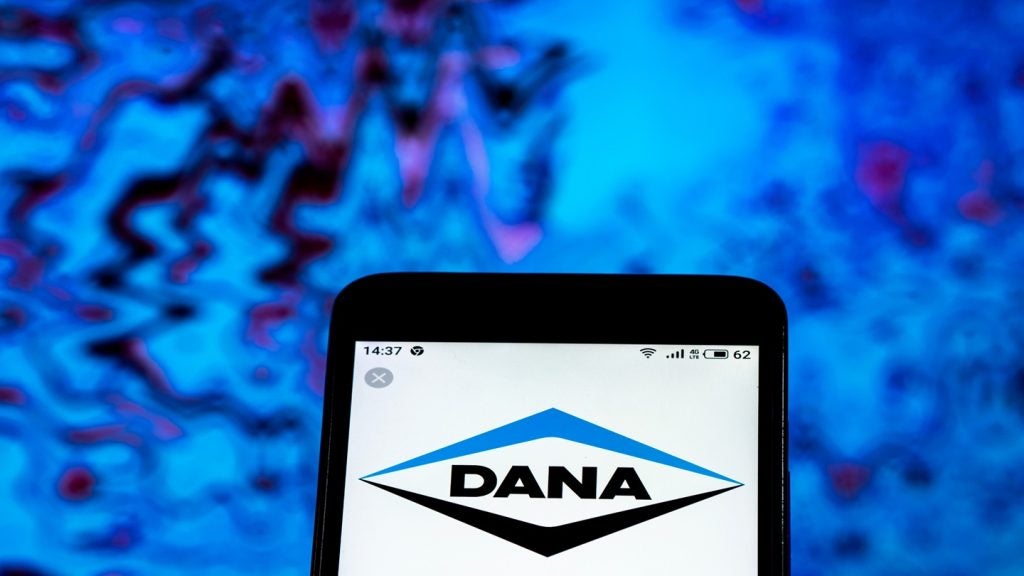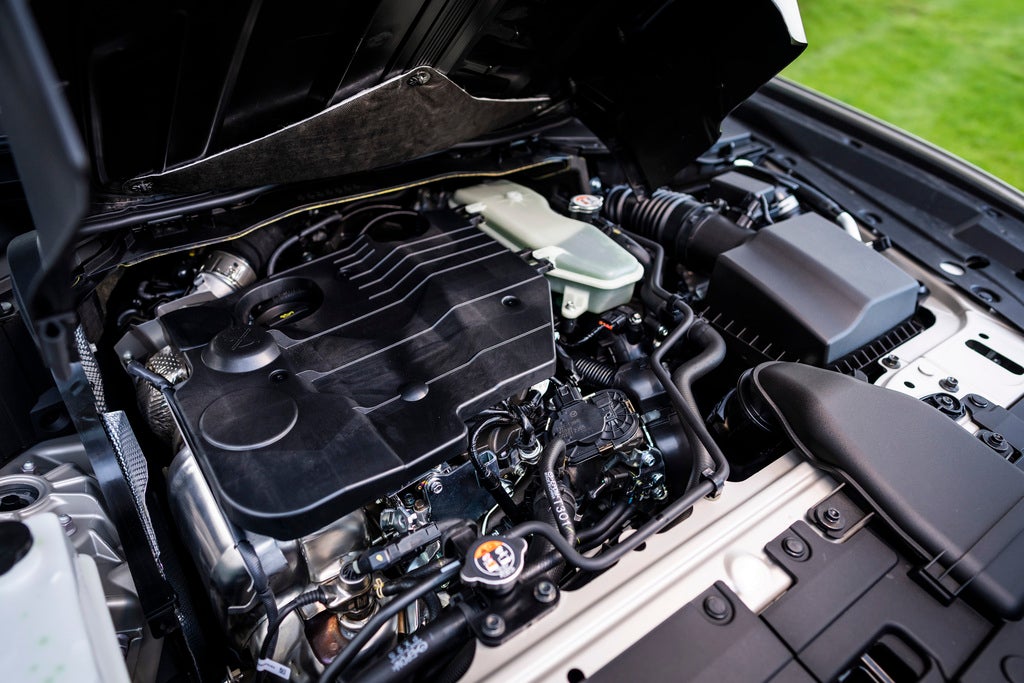
The decision by Mercedes-Benz not to export its latest supercharged CGI direct injection petrol engine to the UK had an oddly familiar ring to it, provoking thoughts of headlines condemning UK ‘dirty fuel’. We’ve been here before of course. When Mitsubishi wanted to introduce its GDI direct injection petrol engine a few years ago, it had to be reworked to cope with the higher sulphur content of European and UK petrol. Anthony Lewis reports
The Mercedes-Benz CGI 1.8 litre engine needs ultra low sulphur petrol to function at its best, so it’s gone on sale in Scandinavia and other northern European countries, but not in the UK. This puzzled me. UK chancellor Gordon Brown cut the rate of duty on ultra low sulphur (ULS) fuels in last year’s Budget, spurring the introduction of ULS and the UK could lay claim to having the widest availability of ‘clean’ fuels. Certainly Esso, the country’s largest petroleum retailer, and BP think so.
What makes the Mercedes-Benz decision more confusing is that the Volkswagen Group’s new FSI (Fuel Stratified Injection) engine also needs ultra-low sulphur fuel to operate at its most efficient. This hasn’t stopped both VW and Audi introducing the 1.4 litre 85 bhp engine, VW in the Polo and Audi in the A2. VW is quick to point out that like its diesel engines’ ability to run on biodiesel, the FSI unit will function on ‘normal’ unleaded but without the full economy benefits.
The UK boasts the first city in the world to offer motorists sulphur free diesel and sulphur free unleaded petrol. Both grades were introduced in Edinburgh in February 2002. This is nine years ahead of the latest legislation proposed by the European Commission which the FIA (Federation International d’Automobile) has hailed as a ‘victory for motorists and the environment.’
UK and Germany ahead on EC timetable for ULS fuel
How well do you really know your competitors?
Access the most comprehensive Company Profiles on the market, powered by GlobalData. Save hours of research. Gain competitive edge.

Thank you!
Your download email will arrive shortly
Not ready to buy yet? Download a free sample
We are confident about the unique quality of our Company Profiles. However, we want you to make the most beneficial decision for your business, so we offer a free sample that you can download by submitting the below form
By GlobalDataWhat seems to cause the confusion is that some countries like the UK and Germany are well ahead of the EC timetable for introducing ULS fuel. The EC timetable calls for a current maximum level of 150 part per million (ppm) falling to 50 ppm on January 1, 2005; the UK Petroleum Industry Association (UKPIA) points out that ultra-low sulphur petrol meeting the 50 ppm criteria has been the standard grade of unleaded petrol on the UK’s forecourts, replacing Premium Unleaded 95, for just over a year, since June 2001.
The next stage is to reduce sulphur content to 10 ppm from 2010 – the so-called ‘zero’ sulphur fuel.
There is a further requirement that the aromatics content should not exceed 35 per cent by volume compared with a current maximum of 42 per cent by volume for unleaded 95 octane petrol. BP claims to be the market leader in the introduction of clean fuel and launched its ‘Clean Cities’ initiative in 1999 – at about the same time as its re-branding exercise. The target was to make cleaner fuels available in about 40 cities worldwide by
“The next stage is to reduce sulphur content to 10 ppm from 2010 – the so-called ‘zero’ sulphur fuel. “ |
On a global scale, this doesn’t sound very many and is perhaps indicative of the scale of the problem – and also motorists’ in-born distrust of any new type of fuel. This distrust is hardly surprising given the petroleum industry’s record when introducing new products.
BP says that its cleaner fuels are now available “for the majority of products in important markets such as the UK and Germany, together with 13 other countries.
“Our aim is to always introduce fuels that are relevant to the market concerned,” says BP. “We have introduced new lead substitute grades into a number of markets where leaded fuel is still commonplace. In other areas we have concentrated on introducing fuels with lower levels of sulphur.”
Esso says that four out of five of its UK filling stations are currently supplied with ultra low sulphur fuel; this is all produced from its Fawley refinery on the English south coast, which began producing ULS fuel in October 2000.
One in five of its filling stations “are not supplied directly from our Fawley refinery . . . (but) are supplied with fuel collected from terminals either operated by other oil companies or from joint facilities.”
Esso says it is working with these other facilities to provide ULS “at all our sites as soon as possible”.
Problems with costs
One of the problems facing the oil companies is that it costs more to remove sulphur from the crude oil. To reach the proposed end-of-decade clean fuel levels will mean “an alternative manufacturing strategy, typically requiring the physical removal of the sulphur from the blending components,” says the UKPIA.
What happens at the moment is that a refinery producing ULS fuel would remove from the blend a proportion of the higher sulphur/higher aromatics components which would then either be sold on to the open market to be used by other making unleaded 95 Octane petrol or be blended into other products where the sulphur specification is less stringent. But as more and more countries switch to ULSP, this disposal route becomes harder.
Carmakers are keen to see ULS fuels introduced because it is an enabling technology that will help in the introduction of new generation fuel-efficient direct injection engines. These improve fuel efficiency and help reduce overall CO2 emissions. Great for the car industry’s image.
And increased fuel processing adds to CO2
“Why the push to get rid of sulphur? Put simply, it stops catalytic converters doing their job properly. “ |
Why the push to get rid of sulphur? Put simply, it stops catalytic converters doing their job properly. Sulphur coats the surface of catalysts, competing with other pollutants for space and therefore reducing the effectiveness of the catalyst. Sulphur reacts with NOx and particulate traps, reducing storage capacity for these pollutants and increasing fuel consumption.
Research by ADAC, the German automobile club, found that using zero sulphur fuel improves by up to 20 per cent the toxic emission performance of even the cleanest cars. Direct injection technology – like that pioneered by Mitsubishi with its GDI engine and now gaining widespread favour – increases the air-to-fuel ratio from a typical 14:1 to around 40:1, dramatically improving fuel consumption and emissions.
Fuel Cells For Vehicles: Market Opportunities And Forecasts 2005-2011
But BP admits it can still go all wrong
![]()
![]()
This series of industry reports focus on opportunities that will expand existing markets or develop major new markets. This detailed report assess new product and service positioning strategies; new and evolving technologies; and technological impacts on products, services, and markets. Market share forecasts are included, leading market participants are profiled, and their marketing strategies, acquisitions, and strategic alliances are discussed.
![]()
![]()
In July 2000, Queensland introduced new legislation that ensured the state had one of the cleanest fuel regimes in Australia. This action was complementary to BP’s aspirations to offer clean fuels (unleaded, low benzene, and low sulphur diesel) in more than 40 cities worldwide by 2001 and the company began offering low sulphur diesel across the state in July 2000. Initially, the roll-out of product went smoothly, but around year-end it became apparent that some fuel pump seals in older diesel powered vehicles were failing.
While replacement of fuel pump seals is a normal part of maintenance of older diesel vehicles it became apparent the rate of repair was more than would normally be expected. As well as carrying out an investigation into the cause of the problem, a help-line for affected customers was established and widely publicised. In addition, BP developed a pro-active inspection programme for, mainly, agricultural machinery in the state.
The problem was caused by batches of diesel produced by BP’s Bulwer Island oil refinery prior to Christmas 2000. This diesel had low levels of aromatics which, while good for the environment, did cause problems with certain fuel pump seals. BP responded swiftly and by mid-year the incidence of fuel pump seal problems had tailed off and the pro-active inspection programme and dedicated help-line was suspended. By the end of 2001, over 25,000 claims had been settled for a total of A$18 million.
Anthony Lewis is a partner in Interchange, the automotive business news agency and consultancy. www.interchange-auto.com







